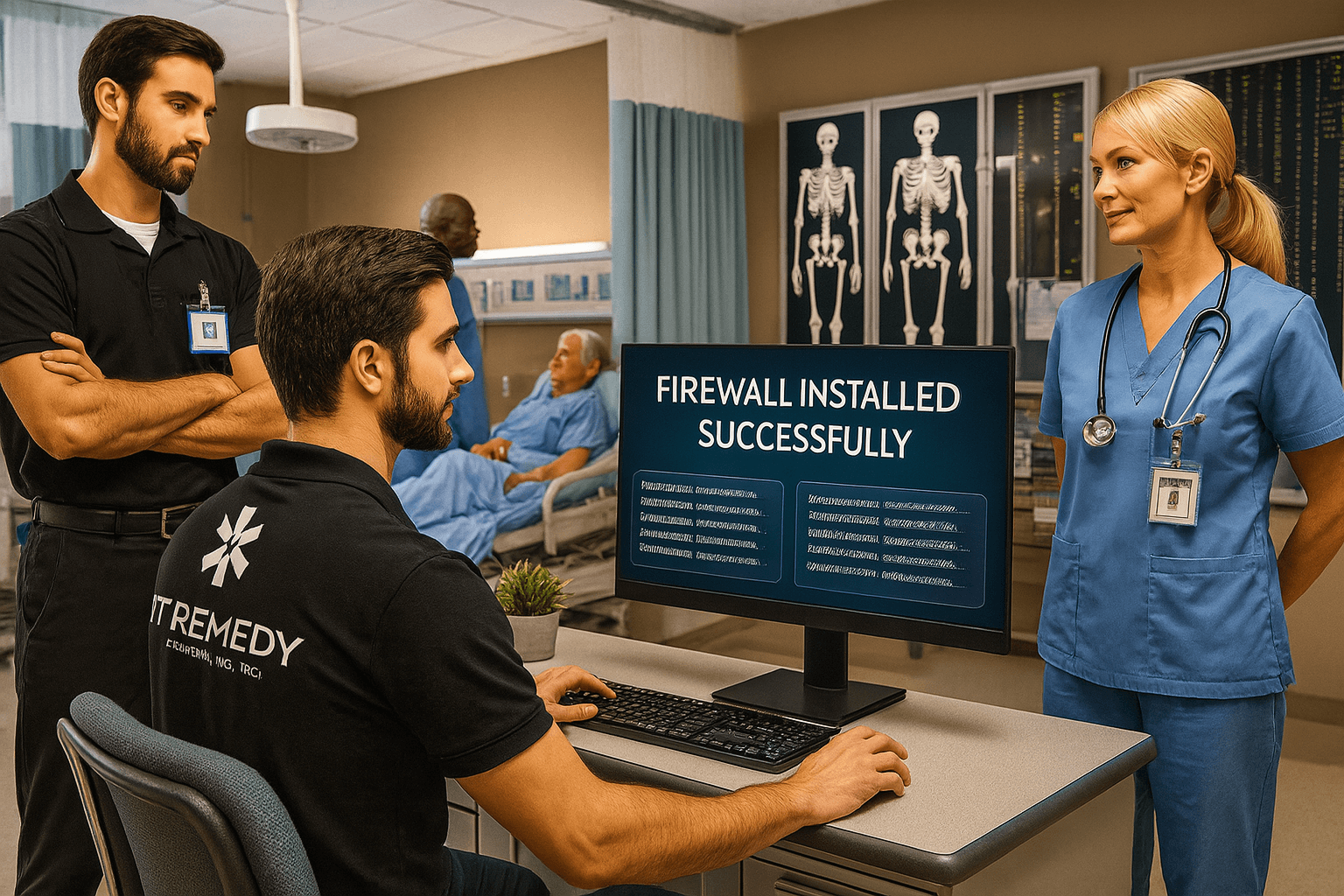
Hospitals and clinics are embracing connected medical devices at a rapid pace—from infusion pumps and ventilators to smart monitors and wireless imaging systems. These technologies enable better care, faster response times, and streamlined workflows. But they also introduce something far more dangerous: cybersecurity risk.
Every connected device becomes a potential entry point for cybercriminals. If breached, these devices don’t just compromise data—they can threaten lives.
The stakes are high. In a 2023 survey, over 60% of healthcare organizations reported at least one cybersecurity incident involving a connected medical device. The consequences ranged from interrupted treatments and rerouted patients to delayed diagnostics and even physical harm.
This is why healthcare providers must treat cybersecurity as a direct extension of patient safety—and why organizations like ITRemedy are stepping in with focused solutions. As a leader in cybersecurity in medical devices, ITRemedy works with hospitals to harden device security, reduce risk exposure, and ensure compliance with industry regulations.
ITRemedy’s approach includes:
- Thorough risk assessments of every connected device on the network
- Device-hardening protocols that eliminate vulnerabilities before they can be exploited
- Ongoing monitoring and compliance checks
These efforts help prevent ransomware attacks, unauthorized access, and system disruptions before they happen.
Unlike traditional IT threats, vulnerabilities in medical devices can bypass firewalls and endpoint security measures entirely. That’s why protection must happen at the device level.
When healthcare facilities prioritize cybersecurity at the point of care, they protect more than just information—they protect lives. Working with ITRemedy ensures that every connected device is part of a resilient, secure, and patient-focused care system.
Cyber threats won’t wait. Neither should your hospital’s approach to medical device security.








